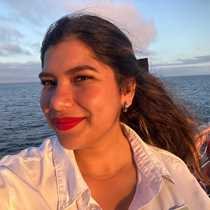A day on Santiago Island was a true adventure of connecting with nature. We started at dawn, kayaking through the historic Buccaneer Cove, a pirate refuge that today offers us stunning views of volcanic formations. Snorkeling in its crystal-clear waters surprised us with a vibrant underwater world where two majestic manta rays gracefully glided by us.
In the afternoon, we explored the coast of Puerto Egas, home to the fascinating yellow land iguanas and nesting coastal birds. The day culminated with the fun of baby sea lions, leaving us with a sense of wonder and gratitude for the beauty and life we found in every corner of this natural paradise.







